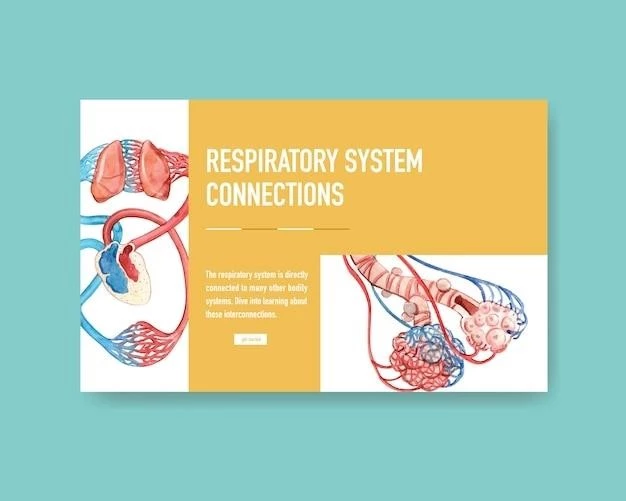A Comprehensive Guide on Amaurosis Congenita of Leber
This comprehensive guide will cover the causes of Amaurosis Congenita of Leber, symptoms of Type 1 Amaurosis Congenita, treatment options for Leber Congenital Amaurosis, genetic testing, living with Leber Congenital Amaurosis Type 1, prevention strategies, and the impact on vision.
Causes of Amaurosis Congenita of Leber
Amaurosis Congenita of Leber is primarily caused by mutations in genes that are involved in the production of proteins essential for normal vision. These genetic mutations disrupt the function of the retina, leading to the degeneration of photoreceptor cells. In most cases, Leber Congenital Amaurosis is inherited in an autosomal recessive pattern, meaning that both parents must carry a copy of the mutated gene for their child to develop the condition. The specific genes associated with Leber Congenital Amaurosis include RPE65٫ CRB1٫ AIPL1٫ and others. These mutations result in impaired vision from birth or early childhood٫ causing severe visual impairment or blindness.
Symptoms of Type 1 Amaurosis Congenita
Type 1 Amaurosis Congenita, a form of Leber Congenital Amaurosis, presents with early-onset severe visual impairment. Infants with Type 1 may show signs of poor vision soon after birth, with nystagmus (involuntary eye movements), photophobia (sensitivity to light), and decreased visual acuity. As the condition progresses, individuals may experience roving eye movements, optic atrophy, and a lack of pupillary responses. Night blindness and severely impaired color vision are common symptoms of Type 1 Amaurosis Congenita. The symptoms tend to be stable or progressive, leading to profound visual impairment or legal blindness.
Treatment Options for Leber Congenital Amaurosis
Currently, there is no cure for Leber Congenital Amaurosis; however, there are treatment options aimed at managing symptoms and slowing disease progression. Gene therapy, such as Luxturna, has shown promise in restoring partial vision by replacing the faulty gene in some forms of the condition. Low-vision aids, orientation and mobility training, and occupational therapy can help individuals with Leber Congenital Amaurosis adapt to their visual impairment and maintain independence. Regular eye examinations are crucial for monitoring the progression of the disease and managing associated complications like cataracts or retinal detachments. Early intervention and multidisciplinary care involving ophthalmologists, genetic counselors, and vision specialists can improve the quality of life for those affected by Leber Congenital Amaurosis;
Genetic Testing for Amaurosis Congenita
Genetic testing plays a crucial role in diagnosing Amaurosis Congenita of Leber by identifying specific gene mutations responsible for the condition. Through DNA analysis, healthcare providers can determine the genetic cause of vision loss in individuals suspected of having Leber Congenital Amaurosis. Genetic testing can help in confirming a clinical diagnosis, assessing disease progression, predicting potential outcomes, and guiding treatment decisions. Counseling and support are essential components of genetic testing to help individuals and families understand the implications of the results and make informed decisions about their healthcare. Advances in genetic technology have made testing more accessible, allowing for personalized management strategies tailored to the genetic profile of each individual with Leber Congenital Amaurosis.
Research Advances in Treating Leber Congenital Amaurosis
Ongoing research in treating Leber Congenital Amaurosis explores innovative approaches such as stem cell therapy, optogenetics, and gene editing techniques like CRISPR-Cas9. Stem cell therapy aims to replace damaged retinal cells with healthy cells to restore vision, while optogenetics involves introducing light-sensitive proteins to non-photoreceptor cells to enhance light sensitivity. Gene editing technologies like CRISPR-Cas9 offer the potential to correct genetic mutations responsible for Leber Congenital Amaurosis. Clinical trials testing these therapies are underway, offering hope for novel treatment options in the future. Collaborations between researchers, clinicians, and pharmaceutical companies drive progress in understanding the disease mechanisms and developing targeted interventions for individuals with Leber Congenital Amaurosis.
Living with Leber Congenital Amaurosis Type 1
Living with Leber Congenital Amaurosis Type 1 requires adapting to visual challenges and accessing appropriate support services. Individuals with this condition can benefit from specialized educational programs٫ rehabilitation services٫ and assistive technologies to enhance independence and quality of life. Developing strong social support networks and connecting with advocacy groups can provide emotional support and valuable resources. It is essential for individuals with Leber Congenital Amaurosis Type 1 to prioritize regular eye care٫ maintain a healthy lifestyle٫ and engage in activities that promote physical and mental well-being. Embracing assistive devices such as magnifiers٫ screen readers٫ and mobility aids can facilitate daily tasks and participation in various activities. By proactively managing their visual impairment٫ individuals with Leber Congenital Amaurosis Type 1 can lead fulfilling and meaningful lives.

Prevention Strategies for Amaurosis Congenita of Leber
Preventing Amaurosis Congenita of Leber involves genetic counseling and family planning to assess the risk of passing on the condition to future generations. Individuals with a family history of Leber Congenital Amaurosis or known genetic mutations associated with the disease should consider genetic testing and counseling before planning a pregnancy. Prenatal screening can help identify affected fetuses, enabling parents to make informed decisions about pregnancy management and future reproductive options. Awareness of carrier status and early identification of carriers can aid in preventive measures to reduce the transmission of the mutated genes in families with a history of Leber Congenital Amaurosis. Educating at-risk individuals about the inheritance patterns and implications of the condition is essential in empowering them to make informed choices regarding family planning and reproductive health.
Impact of Amaurosis Congenita on Vision
Amaurosis Congenita of Leber significantly impacts vision, leading to severe visual impairment or blindness in affected individuals. The condition affects the function of the retina and compromises the ability to perceive light, colors, and visual details. The progressive degeneration of photoreceptor cells results in profound vision loss from birth or early childhood. Individuals with Leber Congenital Amaurosis experience challenges with mobility, orientation, and daily tasks that rely on vision. The condition may also affect social interactions, educational opportunities, and overall quality of life. Vision impairment caused by Amaurosis Congenita of Leber necessitates specialized support services, adaptive technologies, and a multidisciplinary approach to address the unique needs of individuals living with this rare genetic disorder. Research advancements and comprehensive care can offer hope for improved management and outcomes for those affected by Leber Congenital Amaurosis.
